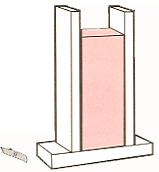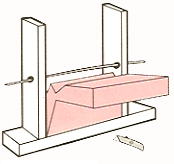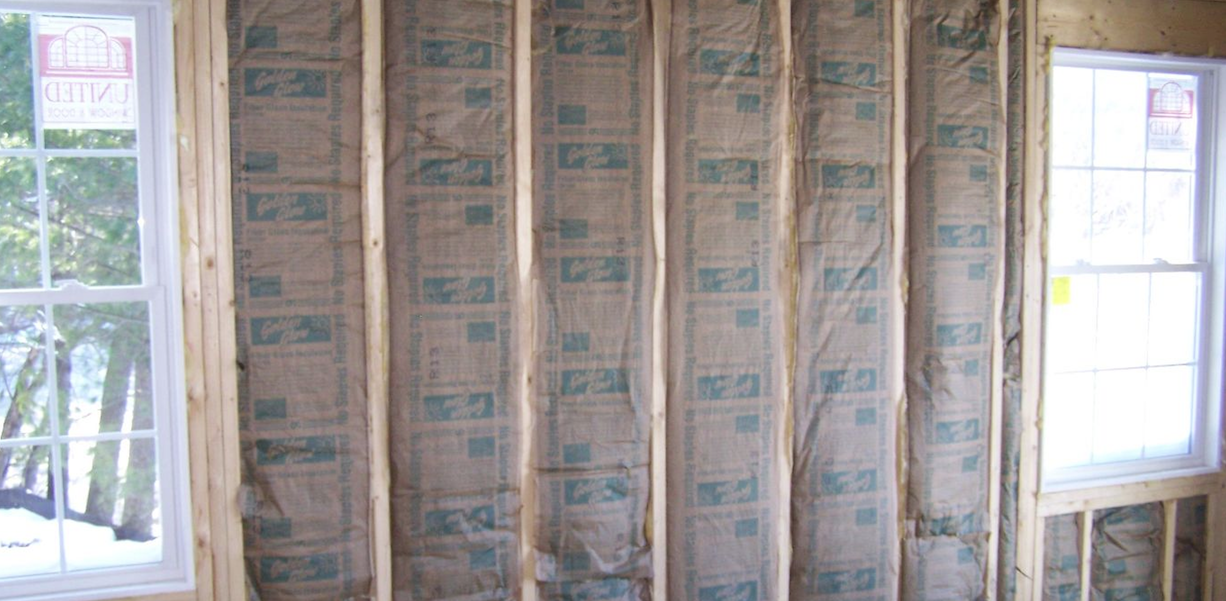Insulating Framed Walls With Fiberglass Batts
Insulation's ability to slow heat is called its R-value. The higher the number, the better the insulation works to keep heat inside in winter and outside in summer.
Batts are carefully manufactured to have a specific insulating value. To keeps its rated R-value, a batt must not be compressed or crushed during installation. For example, a standard R-19 batt actually needs 6 1/4 in. to achieve its full insulating value. When that batt is installed in a 2x6 cavity, which is actually 5 1/2-in. deep, its R-value drops to less than R-18. Higher density batts are rated to deliver R-21 in 5 1/2 in.
Depending on the project, framing may be spaced 16 in. on center or 24 in. on center. Select batts to fit this framing "module." For 2x4 framing, batts are cut 15 in. wide. You can choose from R-11, R-13, and R-15. For 2x6 framing, the batts are cut either 15 in. or 23 in. wide with R-value choices of 19 or 21. The batts are made about 1/2 in. wider than the space between studs so they'll fit properly.
Batts should completely fill the stud cavity, fitting snugly against every piece of framing, the sheathing and the drywall. Crushing a batt dramatically reduces its R-value.
Even tiny voids can cause heat loss, because they allow air to move around inside the stud cavity. If a batt is stapled to the sides of the studs, crushed or cut short, air can rise up the warm side of the cavity and fall down the cool side. Heat rides on this convective loop, actually traveling around the insulation.
The drawings below show solutions to the most common batt installation problems.

Narrow Spots
To insulate narrow cavities, cut–not crush– the batt to get it to fit. |

Batts and Wires
Electrical wires are one major obstacle to a good insulation job, because they run through just about every exterior wall. It's tempting to shove the batt behind the wire, but that crushes much of the insulation in each cavity (right). There are two easy ways to fit batts around electrical wires.To insulate narrow cavities, cut–not crush– the batt to get it to fit. |

Option 1
Cut the batt about half way through at the same height as the wire–typically 18 in. above the bottom plate. |

Option 2
Split the batt by hand and drop it over the wire. Ask that the electrician help out by running the wires about 4 in. above the plate. |

Electrical Boxes
Cutting is also needed around electrical boxes to prevent compression (right). |
|

